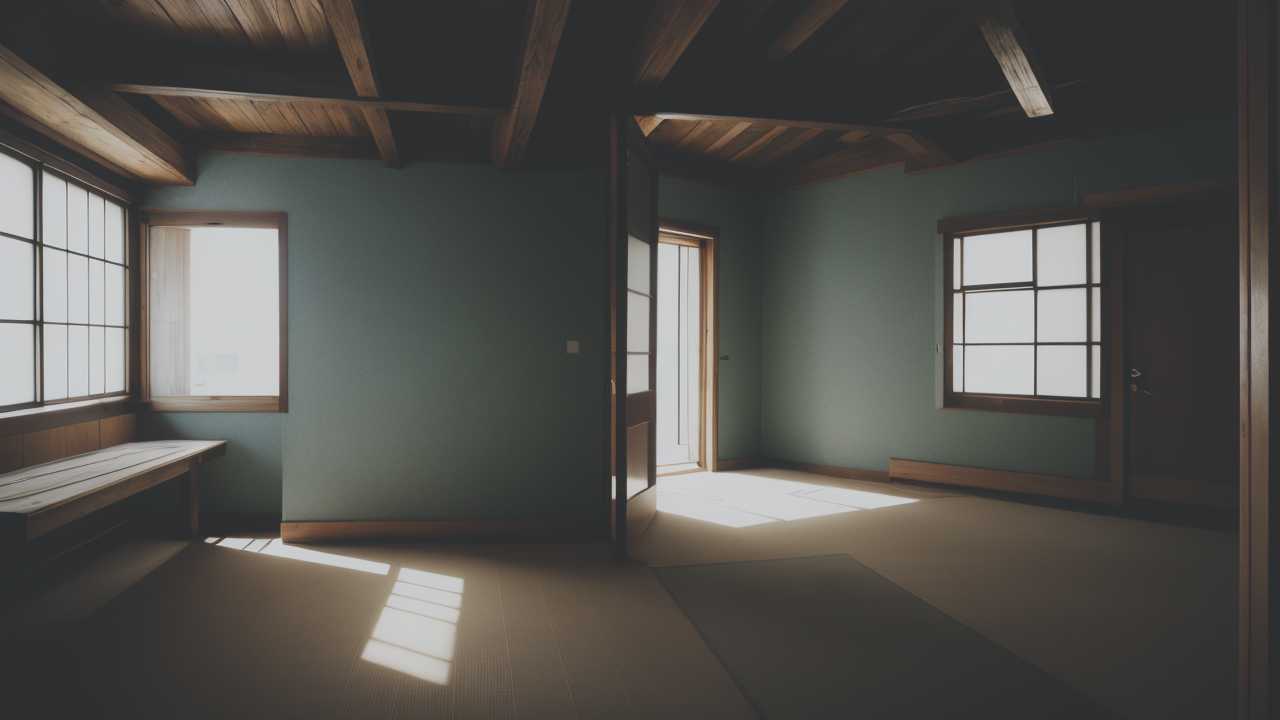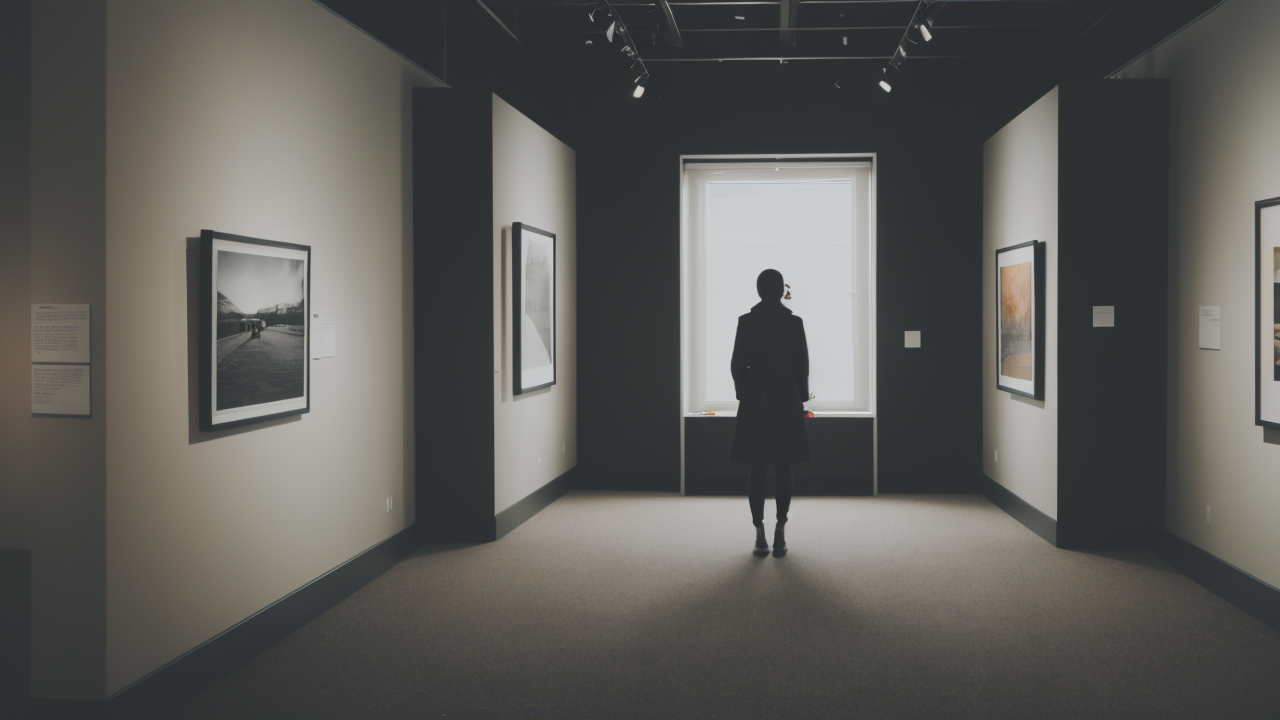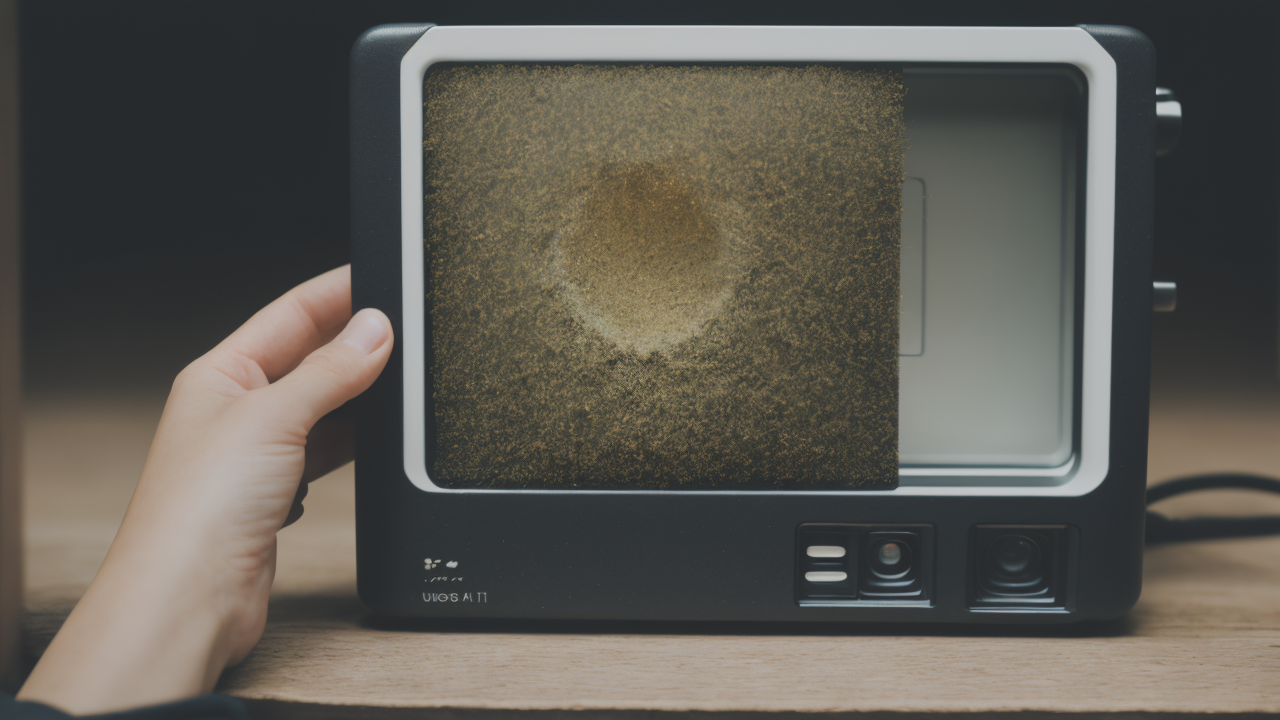
The Evolution of Dabi Art: Exploring Modern Aesthetics in Contemporary Creations
The Philosophy of Wabi-Sabi in the Context of Modern Art
Defining Wabi-Sabi: An Introduction
Wabi-sabi is a Japanese concept that finds beauty in imperfection. It values simplicity, naturalness, and the passage of time. In modern art, wabi-sabi offers a fresh perspective. It challenges the idea that art must be flawless or grand. Instead, it celebrates the subtle and imperfect.

Key elements of wabi-sabi in art include:
- Muted colors
- Natural materials
- Rough textures
- Asymmetrical forms
- Signs of age or wear
These elements create depth and authenticity in artwork. They invite viewers to look closer and appreciate small details. Wabi-sabi art can be both calming and thought-provoking. It reminds us of the beauty in everyday life and the natural aging process.
The Impact of Wabi-Sabi on Contemporary Artistic Practices
Wabi-sabi has greatly influenced modern art practices. Many artists now embrace its principles in their work. This shift has led to new approaches in various art forms. Painters may use earthy tones and rough brushstrokes. Sculptors might choose weathered wood or unpolished stone.
The impact of wabi-sabi goes beyond visual elements. It has changed how artists think about their process. There's less focus on achieving perfection. Instead, artists value authenticity and spontaneity. They may allow natural processes to shape their work.
This approach has opened up new possibilities in art. It has encouraged experimentation and risk-taking. Artists feel free to explore unconventional materials and techniques. The result is often art that feels more honest and connected to nature.
Case Studies: Wabi-Sabi as a Catalyst for Creativity
Several artists have found inspiration in wabi-sabi principles. Their work shows how this philosophy can spark creativity. For example, ceramic artist Akiko Hirai creates pieces that embrace imperfection. Her bowls and vases often have uneven surfaces and subtle glazes.
Photographer Masao Yamamoto is known for his tiny, worn prints. He deliberately ages his photos to give them a timeless quality. This approach aligns with wabi-sabi's appreciation for the effects of time. Yamamoto's work invites viewers to look closely and find beauty in subtle details.
Painter Agnes Martin's minimalist works also reflect wabi-sabi aesthetics. Her grid paintings feature soft colors and hand-drawn lines. They celebrate simplicity and imperfection. Martin's art shows how wabi-sabi can inspire calm, meditative pieces.
How Wabisabiart is Reshaping Art Studios and Galleries in the United States
Fostering a Community of Wabi-Sabi Enthusiasts
Wabisabiart is gaining popularity in the U.S. art scene. More studios and galleries are embracing this aesthetic. They're creating spaces that reflect wabi-sabi principles. These venues often use natural materials and simple designs. This creates a calm atmosphere for viewing art.

Art communities are forming around wabisabiart. Artists gather to share ideas inspired by wabi-sabi. Many studios now offer workshops on wabi-sabi techniques. These events help spread awareness and appreciation for this art form. They bring together artists and art lovers.
Collectors are showing increased interest in wabisabiart pieces. They're drawn to the unique beauty of these works. This growing demand encourages more artists to explore wabi-sabi principles. It's creating a vibrant community of creators and appreciators across the country.
The Role of Social Media in Promoting Wabisabiart
Social media has played a key role in popularizing wabisabiart. Platforms like Instagram showcase these unique pieces. Artists use hashtags like #wabisabiart to share their work. This helps them connect with fans and other artists around the world.
Visual platforms are ideal for highlighting the subtle details in wabisabiart. Close-up photos can reveal textures and imperfections. This gives viewers a deeper appreciation of each piece. It also educates people about wabi-sabi principles and techniques.
Online communities dedicated to wabisabiart are thriving. These groups provide spaces for discussion and inspiration. Artists share their processes and techniques. Fans can learn more about the philosophy behind the art. Social media has made wabisabiart more accessible to a global audience.
Exhibitions and Events That Showcase Wabisabiart
Galleries across the U.S. are hosting wabisabiart exhibitions. These shows bring together works that embody wabi-sabi principles. They offer visitors a chance to experience this aesthetic in person. Many exhibitions include talks or tours to explain the art's philosophy.
Art fairs are featuring more wabisabiart. Some have dedicated sections for these pieces. This exposure introduces wabisabiart to a wider audience. It also provides opportunities for collectors to discover new artists. These events help grow the market for wabisabiart.
Museums are organizing events that explore wabi-sabi in modern art. These may include lectures, workshops, and interactive displays. Such events help visitors engage with the concept. They often draw connections between wabi-sabi and other art movements. This deepens public understanding of wabisabiart.
Future Trends: Predicting the Evolution of Wabisabiart
Innovations in Art Materials and Techniques
As wabisabiart grows, we're seeing new approaches to materials and techniques. Artists are finding creative ways to embrace imperfection. Some are using sustainable materials that naturally age over time. This aligns with wabi-sabi's appreciation for natural processes.

Digital tools are being used in unexpected ways for wabisabiart. Some artists use algorithms to create imperfect patterns. Others combine digital and traditional methods for unique textures. These approaches are expanding what wabisabiart can be. They're pushing the boundaries of the art form.
There's growing interest in ephemeral art inspired by wabi-sabi. Artists create installations that change or decay over time. These works invite reflection on impermanence. They challenge ideas about art's permanence and value. This trend is likely to continue and evolve.
The Role of Wabisabiart in Art Education and Cultural Discourse
Wabisabiart is influencing art education. More schools are teaching wabi-sabi principles. Students learn to appreciate imperfection and simplicity. This could shape a new generation of artists with a different view of creativity. It's changing how we think about art and beauty.
The philosophy behind wabisabiart is sparking important discussions. It challenges Western ideals of beauty and perfection. This dialogue encourages a more inclusive view of art. It's also prompting reflection on our relationship with time and nature. These conversations are shaping cultural perspectives.
As wabisabiart gains recognition, it may influence other fields. We might see its principles applied in design or architecture. This could lead to a broader cultural shift towards embracing imperfection and simplicity. Wabisabiart is becoming more than just an art movement.
Potential for Growth: Market Insights and Projections
The market for wabisabiart shows promising growth. Collectors are seeking out pieces that embody these principles. This demand is increasing prices for established wabisabiartists. It's also creating opportunities for emerging artists in this style. The market is expanding rapidly.
Galleries and auction houses are taking notice of this trend. Many are actively seeking wabisabiart for their collections. This increased attention is boosting the visibility of these works. It may encourage more artists to explore wabi-sabi aesthetics. The commercial potential is significant.
As interest in mindfulness and sustainability grows, wabisabiart is well-positioned. Its focus on simplicity and natural beauty aligns with these trends. This connection could lead to continued growth and acceptance of wabisabiart. The future looks bright for this art form.
In conclusion, wabisabiart represents a unique fusion of ancient philosophy and modern expression. Its emphasis on imperfection and simplicity offers a refreshing perspective in the art world. As it continues to evolve, wabisabiart may shape the future of contemporary art and beyond. Its influence is likely to grow in the coming years.


